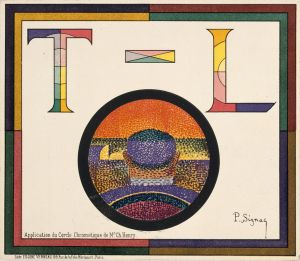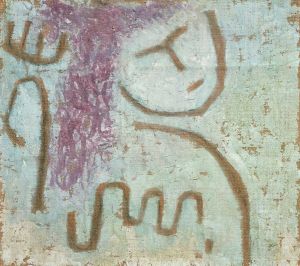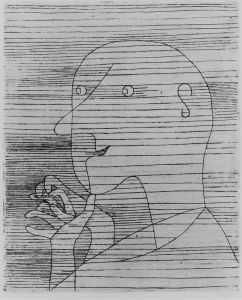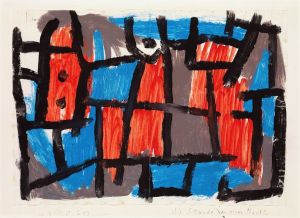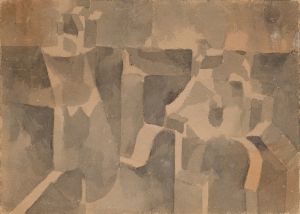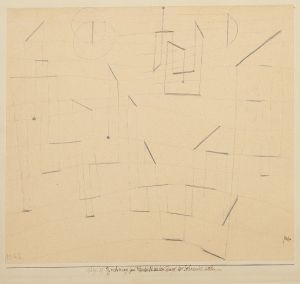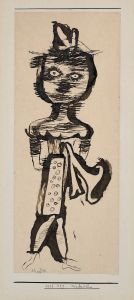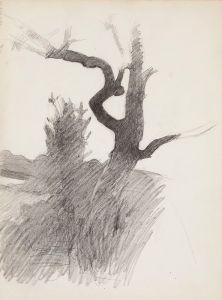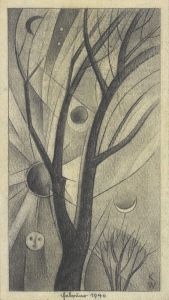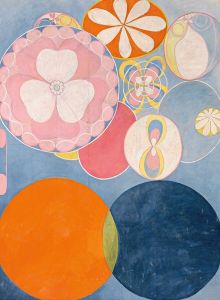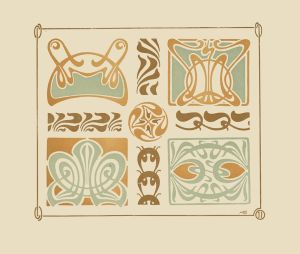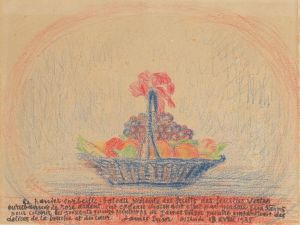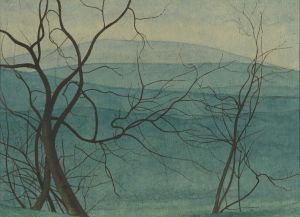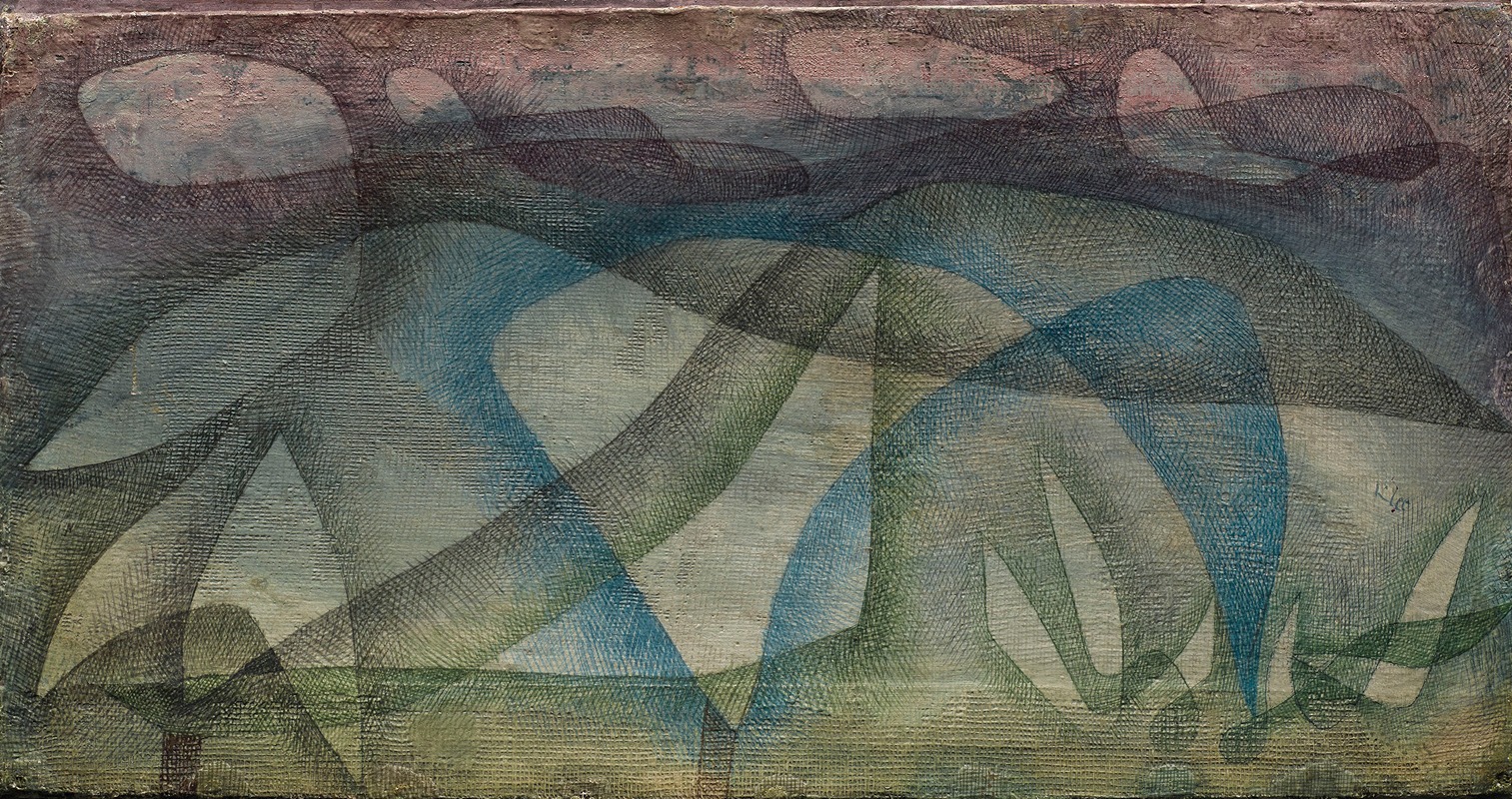
Regentag
A hand-painted replica of Paul Klee’s masterpiece Regentag, meticulously crafted by professional artists to capture the true essence of the original. Each piece is created with museum-quality canvas and rare mineral pigments, carefully painted by experienced artists with delicate brushstrokes and rich, layered colors to perfectly recreate the texture of the original artwork. Unlike machine-printed reproductions, this hand-painted version brings the painting to life, infused with the artist’s emotions and skill in every stroke. Whether for personal collection or home decoration, it instantly elevates the artistic atmosphere of any space.
Paul Klee was a Swiss-born artist whose work is associated with a variety of art movements, including Expressionism, Cubism, and Surrealism. He is known for his highly individual style, which was influenced by his interest in color theory and his experiences as a musician. Klee's work often features a playful, childlike quality, and he is celebrated for his innovative use of color and form.
"Regentag" is one of Klee's many works that exemplifies his unique approach to art. The title "Regentag" translates to "Rainy Day" in English, suggesting a theme or mood that might be reflected in the painting. Klee's works often incorporate abstract forms and a vibrant color palette, and "Regentag" is no exception. The painting is characterized by its use of geometric shapes and a harmonious blend of colors, which together create a sense of rhythm and movement reminiscent of a rainy day.
Klee's artistic process was deeply influenced by his background in music, and he often compared the structure of his paintings to musical compositions. In "Regentag," this influence can be seen in the way he arranges shapes and colors to create a visual harmony. The painting does not depict a rainy day in a literal sense but rather captures the essence or feeling of such a day through abstract means.
Klee's work is also known for its symbolic and metaphorical content. While "Regentag" might initially appear to be a simple exploration of color and form, it can also be interpreted as a reflection on the natural world and the emotions it evokes. The abstract nature of the painting allows viewers to engage with it on a personal level, drawing their own connections and meanings from the interplay of shapes and colors.
Throughout his career, Klee was associated with several influential art movements and groups. He was a member of the Bauhaus school, where he taught alongside other notable artists such as Wassily Kandinsky and László Moholy-Nagy. His time at the Bauhaus was marked by a focus on the integration of art and design, and his teachings emphasized the importance of color theory and the exploration of new artistic techniques.
Klee's work, including "Regentag," has had a lasting impact on the art world. His innovative approach to color and form has influenced countless artists and continues to be studied and appreciated today. "Regentag" is a testament to Klee's ability to convey complex emotions and ideas through abstract means, and it remains a significant example of his artistic legacy.
In summary, "Regentag" by Paul Klee is a notable work that exemplifies the artist's unique style and approach to abstract art. Through its use of color, form, and composition, the painting captures the essence of a rainy day, inviting viewers to explore its depths and draw their own interpretations. Klee's influence on modern art is undeniable, and "Regentag" stands as a testament to his enduring impact on the field.





